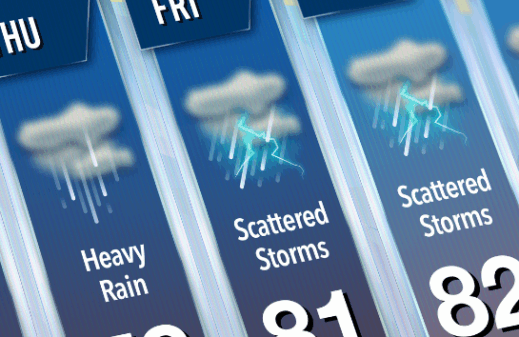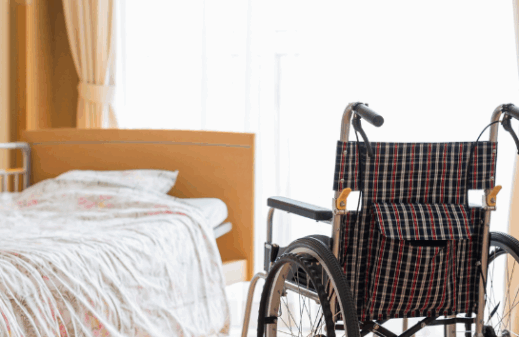2024 has arrived, and the new year is a perfect time to refresh risk management practices. Below is a quick list to help you control exposures, reduce workplace injuries and avoid claims in the coming year.
1. Commit to Comprehensive Documentation
Documentation is crucial. It helps you stay on top of potential issues before they escalate, and if a claim occurs, it can provide crucial evidence to reduce your liability. Unfortunately, when adult residential care facility team members are busy – and that’s most of the time – documentation may fall by the wayside. Make 2024 the year you achieve consistent and comprehensive documentation.
2. Become Cyber Savvy
Cyberattacks can shut down computer systems and the operations that depend on them. If ransomware infects your facility’s computers, you might lose access to resident records, employee timekeeping, and other critical systems. It could also expose your facility’s data, including sensitive employee and resident information.
Even small businesses can fall victim to cyberattacks. In fact, lax cybersecurity can make small businesses especially attractive to hackers looking for an easy target. Resolve to strengthen your facility’s cybersecurity in 2024. The FTC has 10 tips to help you get started.
3. Protect Your Residents from Elder Abuse
The Department of Justice says around 10% of seniors will experience elder abuse in a given year. Some abuse is physical, but emotional and financial elder abuse is also common. You can protect your residents by resolving to identify and respond to the signs of elder abuse. As a first step, screen and train workers. Develop a written policy that outlines how your team should respond to potential situations.
4. Make Your Facility Safer
You might not think much about a bit of torn carpet or a cord that runs across a walkway until someone trips and is injured. Small issues can lead to accidents and insurance claims. With just a little precaution, though, you can make your facility safer for both your residents and your staff.
Conduct a thorough assessment of potential hazards in your facility. Look for the following:
- Tripping hazards. Check for torn flooring, cords, and unmarked steps.
- Inadequate handrails. The issue could be that you lack handrails or that the handrails have come loose.
- Poor lighting. Consider lighting in your facility as well as the surroundings. Keep in mind that it gets dark early in winter, meaning your parking lot and other outer areas might be dark by the late afternoon.
- Slip hazards. Areas around entrances require extra attention, as they may become slippery when people track in rain or snow.
- Unsafe practices. Lifting is a prime example of an unsafe practice. If your employees aren’t practicing safe lifting procedures, it may only be a matter of time before someone is injured.
- Any other dangers. Keep an eye out for other potential hazards. If you’ve had close calls, see them as your opportunity to implement improvements.
5. Schedule Regular Training
Many people don’t stick to their New Year’s resolutions for even a month. If you’re going to take risk management seriously, you need to ensure that your commitment will last the entire year. One way to do this is to schedule ongoing training.
Regular training will give your employees the knowledge they need to work safely and mitigate potential risks. Scheduling sessions over the course of the year will help you maintain your commitment to risk management. Training can take various forms, including in-person sessions and emails with tips and reminders. You could focus on a different area of risk management each month, such as cybersecurity in January and preventing elder abuse in February.
6. Review Your Assisted Living Business Insurance
Last but not least, resolve to review your assisted living business insurance coverage.
Many residential care facilities lack the coverage they need to prevent financial losses. Sometimes, insurance gaps exist because facility leaders underestimate the risks. Other times, facility leaders incorrectly believe they have coverage under an existing policy. Either way, you may fail to notice the coverage gap before a claim occurs. At that point, it’s too late to secure coverage, meaning your facility will end up paying the costs out of pocket. For facilities running on tight budgets, this can stress finances and impact service levels.
Tangram provides ARCF insurance through the Personal Care & Assisted Living Insurance Center (PCALIC). As part of your risk management resolutions, reach out to see if your facility could benefit from additional coverage. Learn more.
Article provided by Tangram Insurance Services.




